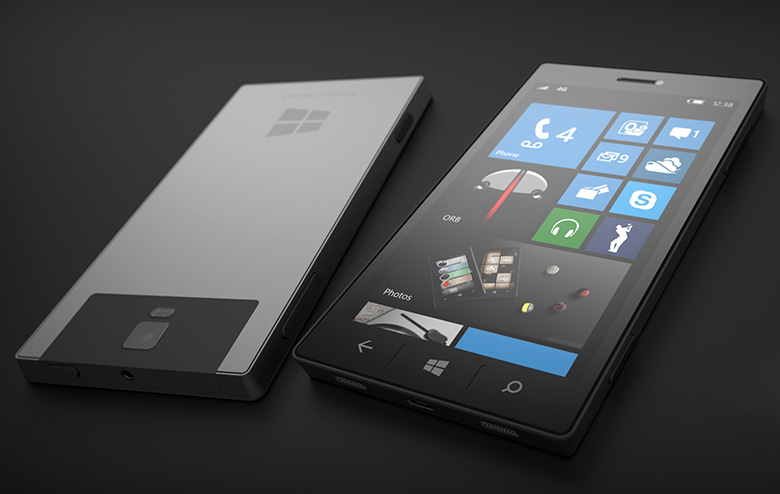Juggernaut Alpha: Here is why this Microsoft Surface Phone rumor refuses to die.
The “myth” of the Surface Phone has been making the rounds for a good while, with the earliest hints dating back to 2012. The last sighting of evidence pointing to the existence of this device, came to the public’s attention this week, when a browser benchmark record left on HTML5TEST.
Whatever device was used to perform the test, has reported a score of 401 out of 555 points, and identified as a “Microsoft Surface Phone - Windows Phone 10.0”. The browser on the device was also detected as Edge 12, with no other details to spare.

Whether the device is real or, a browser spoofing trick, there are a few reasons why a Surface Phone is in the cards:
Reason number one: Does Microsoft really need a Lumia brand?
Purchasing Nokia was a sensible decision. It’s undeniable that Microsoft wouldn’t have been as motivated in creating Windows 10 smartphones, without the knowledge acquired from first-hand ownership of a phone maker infrastructure.
With that said, there is very little of Nokia in the latest Lumia phones that can be seen, in fact, almost nothing, aside from a brand name under the looming shadow of the Surface product line.
Reason number two: Lumia Phones are already Surface Phones.
Lumia phones are essentially smaller versions of Surface tablets, and it’s plain to see, starting from the obvious fact that these devices run a version of Microsoft Windows 10 that can be blown up onto a giant display in full desktop mode, and controlled with a mouse and keyboard like a PC, or a Surface Pro tablet.
Reason number three: Microsoft Surface Book and Continuum.
Microsoft had moved onto building Surface laptops, and garnered rather positive feedback, according to sales numbers and reviews. By this token, with the Surface Book and Surface Pro gaining more market share, the Windows 10 ecosystem is also gaining strength, which leads to a stronger bond between devices, through connected, collaborative apps that can be used simultaneously across devices, including Windows 10 smartphones.
With that said, Continuum plays a big role in creating an experience for the user, based on their understanding of how well Windows 10 works on all screen sizes.
In turns, expectation builds, from that experience, which translates in a simple equation: if you love your Surface Book, you will want a Surface Phone.
Last but not the least: Microsoft is not, and never will be Apple
Apple’s innovation strategy is based on slow, incremental changes and additions on products that are tried and true, because Apple users understand that they will never have to work too hard to learn how to use new devices. That expectation is what has driven Apple’s sales for over 40 years.
This changes with Microsoft, due to the experience gathered in understanding PC users and their needs, particularly in reference to having access to a desktop experience, even when using a smartphone. PC users are different than Apple users, and seem somehow more flexible when it comes to learning different ways to get around an operating system.
This is why, in many respects, Microsoft hit the nail in the head with the Surface Dock, a device that is capable of turning a living room, or conference room, into a cinematic desktop-like PC, powered by a smartphone.
Whether or not a Surface Phone exists is not the question. Does Microsoft need a Surface Phone? That is most definitely the right question.